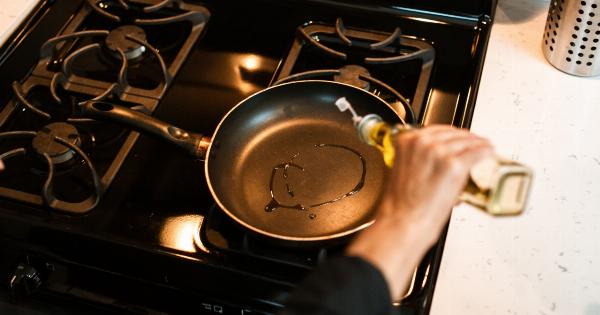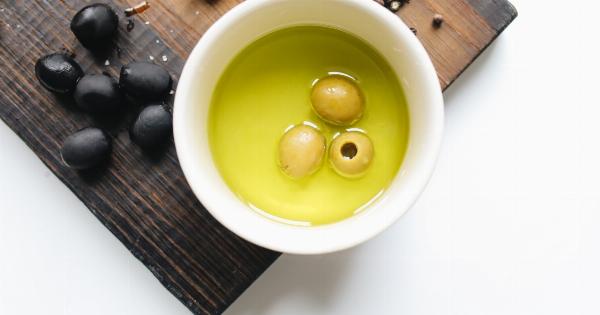Olive oil is one of the most widely used vegetable oils in the world, thanks to its numerous health benefits.
Olives, the source of olive oil, are known to contain a range of antioxidants, which can help prevent oxidative damage in the body and lower the risk of chronic diseases like cancer, heart disease, and type 2 diabetes. However, it is important to note that not all olive varieties have the same antioxidant content.
In this article, we will compare the antioxidant content of different olive varieties to help you make more informed choices when it comes to purchasing olive oil.
What are antioxidants?
Antioxidants are compounds that help prevent oxidative damage in the body by neutralizing free radicals. Free radicals are unstable molecules that can cause cellular damage and contribute to the development of chronic diseases.
Antioxidants are found in many foods, including fruits, vegetables, nuts, and seeds. The most well-known antioxidants include vitamin C, vitamin E, and beta-carotene.
Olive varieties
There are hundreds of different olive varieties grown around the world, each with its own unique flavor, aroma, and antioxidant content. Some of the most commonly grown olive varieties include:.
- Arbequina
- Arbosana
- Barnea
- Coratina
- Frantoio
- Hojiblanca
- Koroneiki
- Manzanilla
- mission
- Picual
Comparing antioxidant content
Several studies have been done to compare the antioxidant content of different olive varieties.
In one study, researchers compared the total phenolic content (TPC) and antioxidant activity (AOA) of five olive varieties grown in Australia: Arbequina, Barnea, Coratina, Frantoio and Koroneiki. The results showed that Coratina had the highest TPC and AOA, followed by Frantoio and Barnea, while Arbequina and Koroneiki had the lowest levels of both.
Another study compared the antioxidant activity and phenolic content of three different Greek olive varieties: Koroneiki, Kalamon, and Megaritiki.
The study found that Koroneiki had the highest antioxidant activity and phenolic content, followed by Kalamon and Megaritiki.
Additionally, a study conducted in Italy compared the antioxidant content of three different olive varieties: Coratina, Leccino, and Ogliarola. The results showed that Coratina had the highest phenolic content, followed by Leccino and Ogliarola.
Conclusion
When it comes to choosing olive oil, it is important to consider the antioxidant content of the olive variety. Based on the studies reviewed in this article, Coratina and Koroneiki are two olive varieties with high antioxidant content.
However, it is important to keep in mind that many factors can influence the antioxidant content of olives, including the growing conditions, harvesting methods, and oil extraction techniques. Therefore, it is best to choose extra-virgin olive oil made from a blend of different varieties to ensure a good balance of flavor and antioxidant content.

























